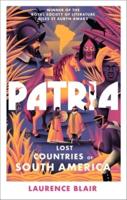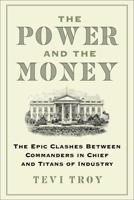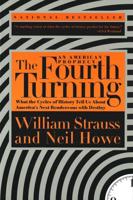Publisher's Synopsis
From its 16th-century origins as a Spanish dream to its modern-day operation, this book charts the captivating history of the Panama Canal. Explore the early visions of a trans-isthmian passage, the ill-fated Darien Scheme, and the influence of Alexander von Humboldt's exploration on 19th-century canal plans. Witness the transformative impact of the California Gold Rush and the construction of the Panama Railroad, setting the stage for a global engineering marvel.
Delve into the dramatic story of the French canal project under Ferdinand de Lesseps, his audacious sea-level canal vision, the devastating impact of disease, financial mismanagement, and the ensuing Panama Affair. The narrative then shifts to the United States and Theodore Roosevelt's pivotal role in securing the canal's future, the controversial Panamanian Revolution, and the signing of the Hay-Bunau-Varilla Treaty. Follow the American construction effort, highlighting the engineering triumphs of John Stevens and George Goethals, and the crucial battle against tropical diseases led by William Gorgas.
The book continues with an exploration of the canal's later developments, including the construction of the Madden Dam, its strategic role during World War II, and the eventual transfer of control to Panama under the Torrijos-Carter Treaties. Finally, it navigates the 21st-century challenges of expansion, competition from alternative routes, water issues, and the unexpected geopolitical tensions surrounding Trump's claims and the Panama Canal Repurchase Act. Experience a comprehensive and engaging account of human ambition, engineering ingenuity, political maneuvering, and the enduring legacy of this iconic waterway.








